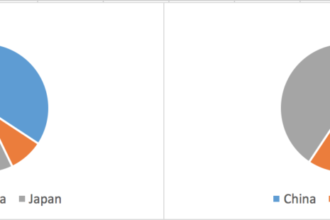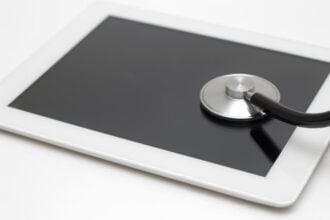Before any patient can be treated for an illness, they must first be diagnosed. Diagnostics is one of the most important job that any doctor performs, and until recently there were very high rates of misdiagnosis. Fortunately, technology has enabled doctors to perform many diagnostic procedures more accurately and effectively than ever before. By both performing assisting doctors in diagnosis and teaching doctors how to diagnose more accurately, technological advancements are improving healthcare across the world.
Before any patient can be treated for an illness, they must first be diagnosed. Diagnostics is one of the most important job that any doctor performs, and until recently there were very high rates of misdiagnosis. Fortunately, technology has enabled doctors to perform many diagnostic procedures more accurately and effectively than ever before. By both performing assisting doctors in diagnosis and teaching doctors how to diagnose more accurately, technological advancements are improving healthcare across the world.
Using Advanced Machinery
Using ultrasound technology and other complex tools, doctors are now capable of creating a more clear and informative image of the body than ever before. Using sound waves that are projected into the body, ultrasound machines can allow doctors to find tumors, monitor the status of organs in the body, and even give a clear picture of unborn babies. Although ultrasound machines have been around for a long time, technological advancements have allowed them to become smaller, more accurate, and cheaper to produce. In addition to imaging technology, technicians may also use laboratory air stirrers for various procedures they do. Depending upon the viscosity of the substance, laboratory air stirrers with varying horsepower and torque are capable of creating important mixtures for doctors to use.
Teaching with Technology
Advances in technology have also allowed for huge improvements in the way that doctors are trained in school. By creating simulators and testing software, doctors and surgeons are able to easily practice important skills and memorize information used to diagnose illnesses that might otherwise only be learned by observation. In addition to simulations, medical schools are quickly learning to adopt technology as part of every medical doctor’s curriculum. Before they can practice, doctors must learn how to use complex machinery like ultrasound machines and software used to gather patient data. Being well versed in this technology allows doctors to expedite treatment and improve overall patient satisfaction by diagnosing any ailment correctly on the first try. As doctors learn to use machinery and computers to treat their patients, it will be possible for a greater volume of patients to be treated quickly and efficiently.
Improved technology has applications in virtually every industry out there, but the effects it will have on the medical industry will be especially huge. By improving treatment speed and patient satisfaction, medical bills will plummet and overall health will soar. This ensures that diagnostic mistakes are minimized and every patient will get the treatment and medication they need.








